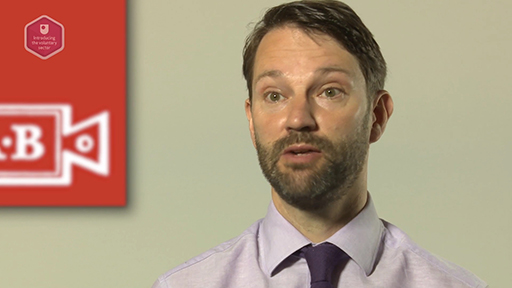1.1 Stakeholders in voluntary organisations
As you learned in Week 2, voluntary organisations and their missions are underpinned by values – values that you might assume are shared among an organisation’s stakeholders. However, this is not necessarily the case. Take a look at Figure 2. These are just some of the stakeholders you might be able to identify for a particular voluntary organisation.

The inner circle of the diagram – directly circling ‘The organisation’ – depicts the primary stakeholders. These are individuals and groups that have a direct, specific interest in how the organisation is run, its mission, its effectiveness and other day-to-day issues.
The outer tier depicts the secondary stakeholders, who may also have an interest in the organisation but perhaps not as directly or as specifically as those in the inner tier. Of course, secondary stakeholders can also take a direct interest – for example, in the case of organisational partnerships, the partners will want to ensure that partnership commitments are being upheld by the organisation.
Activity 1 Mapping stakeholders
Watch this video of Matthew Slocombe, Director of the Society for the Protection of Ancient Buildings (SPAB), talking about his organisation’s stakeholders. Make notes on who the stakeholders are and then decide where they will fit on Figure 2.

Transcript
Comment
Matthew talks about the members being the core stakeholders so these would be put in the ‘primary stakeholders’ circle. Members pay their annual subscription and many actively participate. Although Matthew does not specifically mention staff, volunteers or trustees, these would be categorised as primary stakeholders.
Matthew also identifies local planning authorities, building professionals and the general public as stakeholders. In some cases, these groups approach the SPAB for information; in other cases, it is the SPAB who is targeting groups as part of campaigns to get the conservation message across. Local planning authorities and building professionals probably fit onto the boundary between the primary and secondary stakeholders. The general public are secondary stakeholders.
Activity 2 Mapping your stakeholders
Make a list of the primary and secondary stakeholders of an organisation with which you are familiar. This can be an organisation where you work or volunteer, or one that you have come into contact with in your community.
You might like to create a stakeholder diagram, similar to Figure 2 and Activity 1, to depict the stakeholders you identify.
What similarities and differences with the SPAB did you note and why?
Comment
You probably found both similarities and differences – depending on the size of the organisation you chose, as well as what field it is in (e.g. health and social care, environmental, hobby or sports and so on). You might also have found that Figure 2 made you think more widely about the people who might have an interest in your organisation.
These activities will have helped you think about who the stakeholders are in voluntary organisations. Next you will look at the power and influence different stakeholders have.
